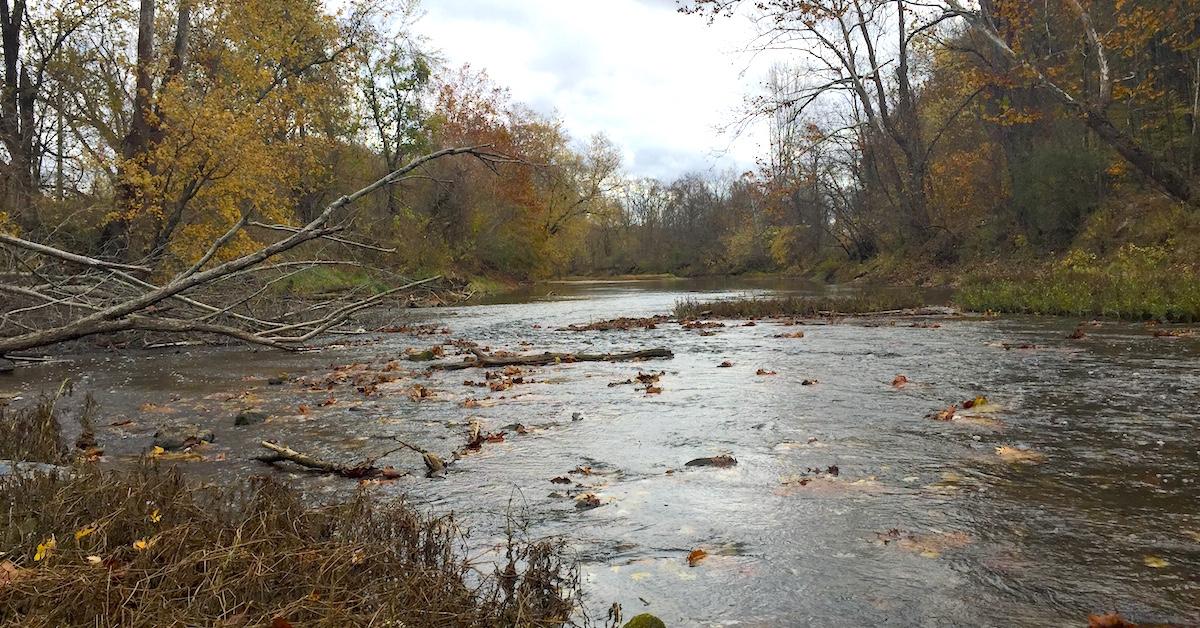Fishing Current: Do's and Don'ts
For fish that live in river systems, the current might as well be their lifeblood. It cools and oxygenates the water, it continuously brings them food, and it forms their cover by eroding banks, depositing sandbars, and causing woody debris to fall into the river.Because river fish are so reliant on the current, it’s something anglers must account for if they plan on having any success catching fish while fishing currents in rivers.Here are some current fishing do’s and don’ts that should help you catch more fish next time you’re out on a river system.
Fishing Current Do’s
Fish upstream
Because the current is what brings food to all fish species in a river system, they always hold with their noses facing up current. Therefore, it’s hugely important to fish in current by casting upstream and retrieving your bait with the current. This creates a more natural situation and allows fish to get the best look at your presentation. If you’re fishing against the current, your bait will just whizz by the fishes head from behind, which will result in far fewer strikes.
Find a seam
Predatory fish like bass and walleyes may rely on the current for food, but that doesn’t mean that they want to be constantly fighting it. To save energy, they most commonly hang in areas called current seams. Current seams are found on any object that juts out into the flow and blocks the current. The edge of the slack eddy such objects create is called the seam, and they are highly productive fishing spots for many species. Hanging in current seams allows a predator to save energy and sit out of the current, but still be able to dart out into the current if a likely prey fish swims by.
Fishing Current Don’ts
Stick to the slack
Too many anglers focus on slack water behind objects, assuming that they will produce the most bites. Unfortunately, that’s not the case. Sure, there may be some fish cruising around slack water areas, but they are likely inactive, resting, and hard to fool. Active feeding fish in river systems will always be on the edge or right in the current because that’s where the bait is. Don’t overlook areas just because heavy current is hitting them.
Get impatient
On a lake, if you make a few fruitless casts in an area, you can have some confidence that the fish aren’t there and move on. On a river system, that’d be a huge mistake. Because the fish will be hanging out behind rocks or in cracks to stay out of the current, their strike zones are much smaller. For that reason, you may have to run your bait through an area multiple times to get strikes. A good rule of thumb is to take twice as long to fish through an area on a river system than on a lake, especially if there’s rock involved.
Updated October 29th, 2015 at 1:28 PM CT


